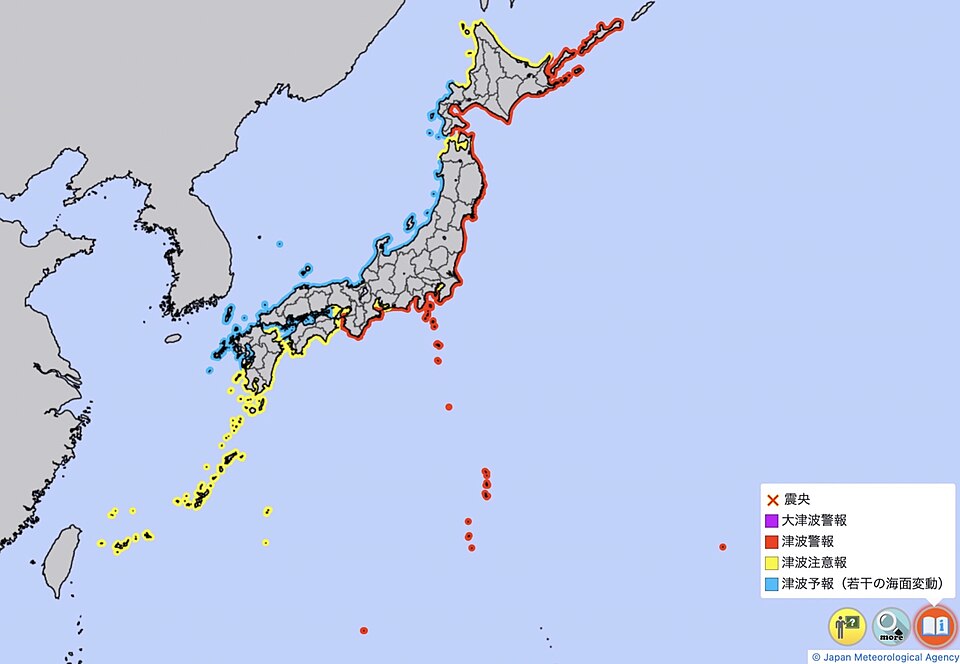Tsunami Alert Issued for Japan and Pacific Islands After 8.7 Magnitude Quake

On July 30, 2025, a powerful earthquake registering 8.7 on the Richter scale struck off the Kamchatka Peninsula in Russia, prompting immediate tsunami alerts for Japan and several Pacific island nations. The U.S. Geological Survey (USGS) confirmed that the quake, occurring at a shallow depth of approximately 10 kilometers, posed a significant risk of generating hazardous waves across the region.
In response to the earthquake, Japan's Prime Minister, Ishiba, convened an emergency committee to assess the situation and coordinate evacuation efforts. According to NHK, Japan has issued evacuation orders for coastal regions along its eastern Pacific coast, with warnings extending from Hokkaido down to Wakayama Prefecture. Authorities have cautioned citizens to remain away from shorelines as tsunami waves are predicted to reach heights of 1 to 3 meters, with earlier reports indicating even larger waves hitting parts of Kamchatka.
The Pacific Tsunami Warning Center has also placed Guam and the Northern Mariana Islands under a tsunami watch, advising residents to remain vigilant. The earliest estimated arrival time for possible tsunami waves in these regions is projected for 2:37 p.m. local time. In a statement, the center indicated that the tsunami threat is still being evaluated and that further updates will be provided as data comes in.
The earthquake's intensity has raised concerns about potential damage and safety, especially given the region's history of seismic activity. Vladimir Solodov, the governor of Kamchatka, reported minor damage to infrastructure, including a kindergarten, but no injuries have been recorded thus far. Local authorities have urged residents to evacuate coastal areas promptly.
This earthquake is described as one of the strongest in decades for the Kamchatka region. Historically, the area is known for its seismic activity due to the convergence of tectonic plates. The USGS has recorded numerous earthquakes in the region, with this latest event being particularly significant given its magnitude and shallow depth.
Experts from the Japan Meteorological Agency (JMA) are working closely with the USGS to monitor the situation and provide timely updates. Dr. Hiroshi Tanaka, a seismologist at the JMA, stated, "Given the scale of this earthquake, we anticipate a significant tsunami risk, and our protocols are fully activated to ensure public safety."
The implications of this earthquake extend beyond immediate safety concerns; they also highlight the ongoing need for robust disaster preparedness in the region. Following the catastrophic events of the 2011 Tōhoku earthquake and tsunami, Japan has invested heavily in enhancing its disaster detection and response infrastructure. This includes the implementation of advanced early warning systems and public education campaigns aimed at improving community resilience in the face of natural disasters.
As the situation continues to develop, residents in affected areas are advised to stay informed through official channels and heed safety instructions from local authorities. The global community remains alert as well, given the interconnected nature of seismic events and their potential to affect distant regions across the Pacific. The USGS and international agencies will continue to assess the situation and provide updates as new data becomes available.
Advertisement
Tags
Advertisement




